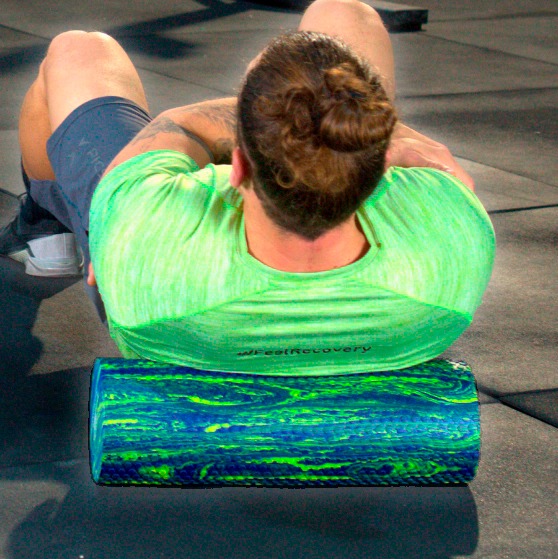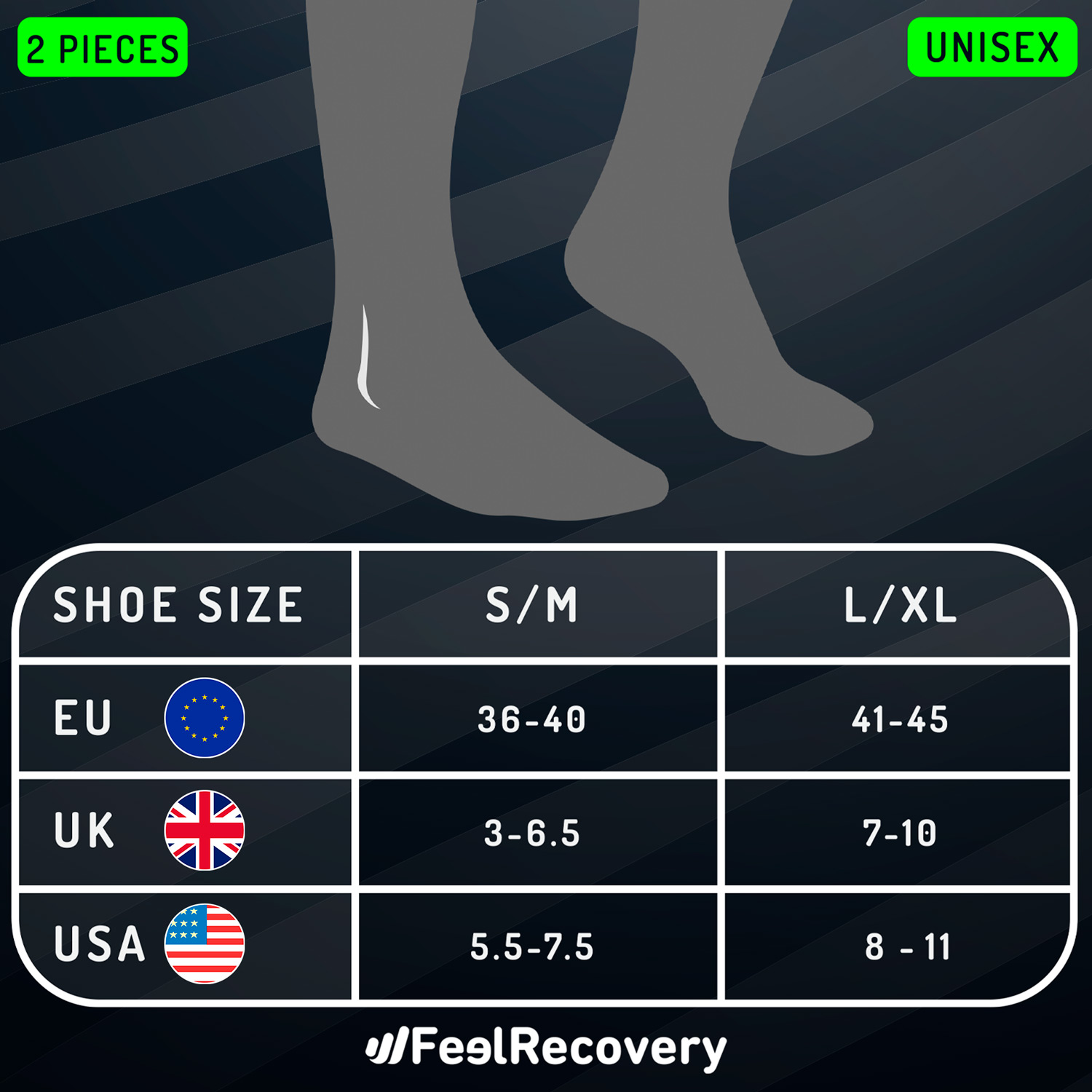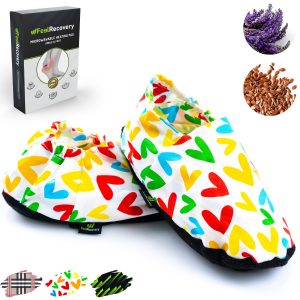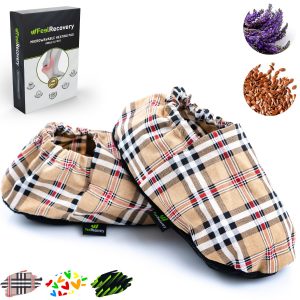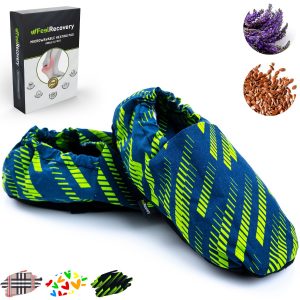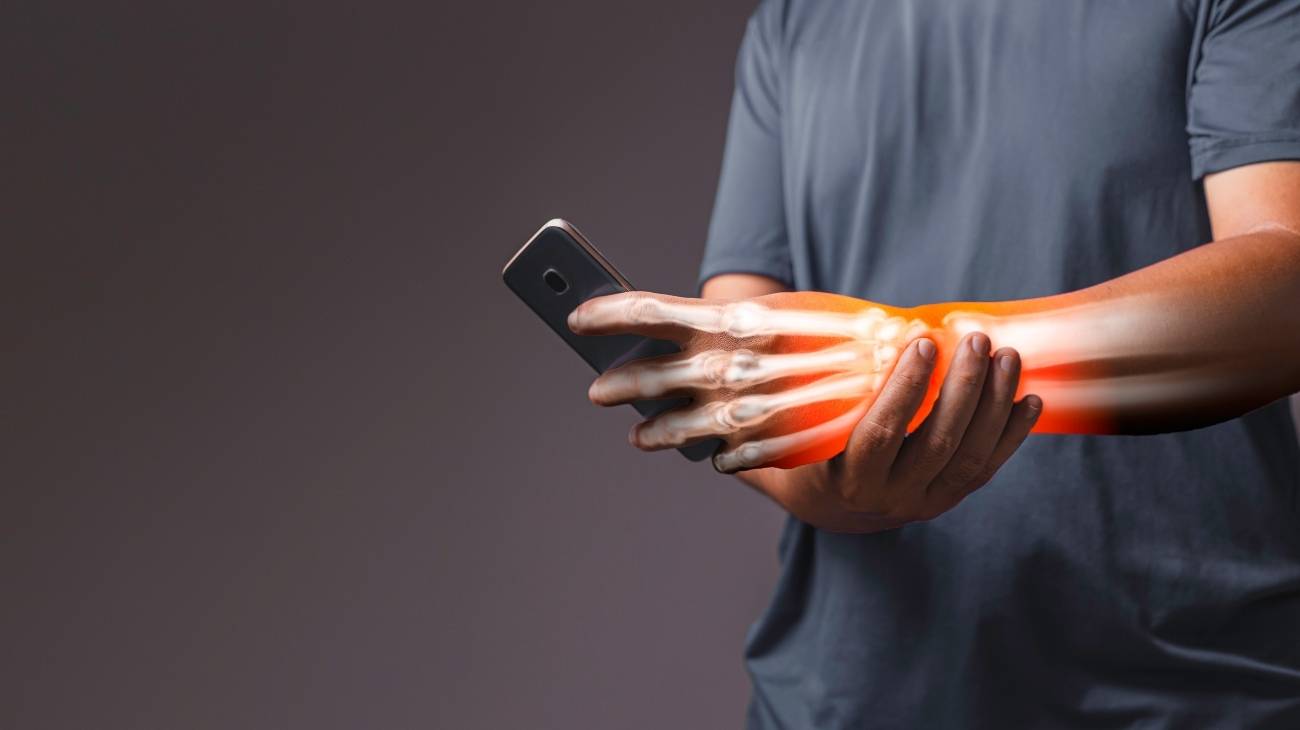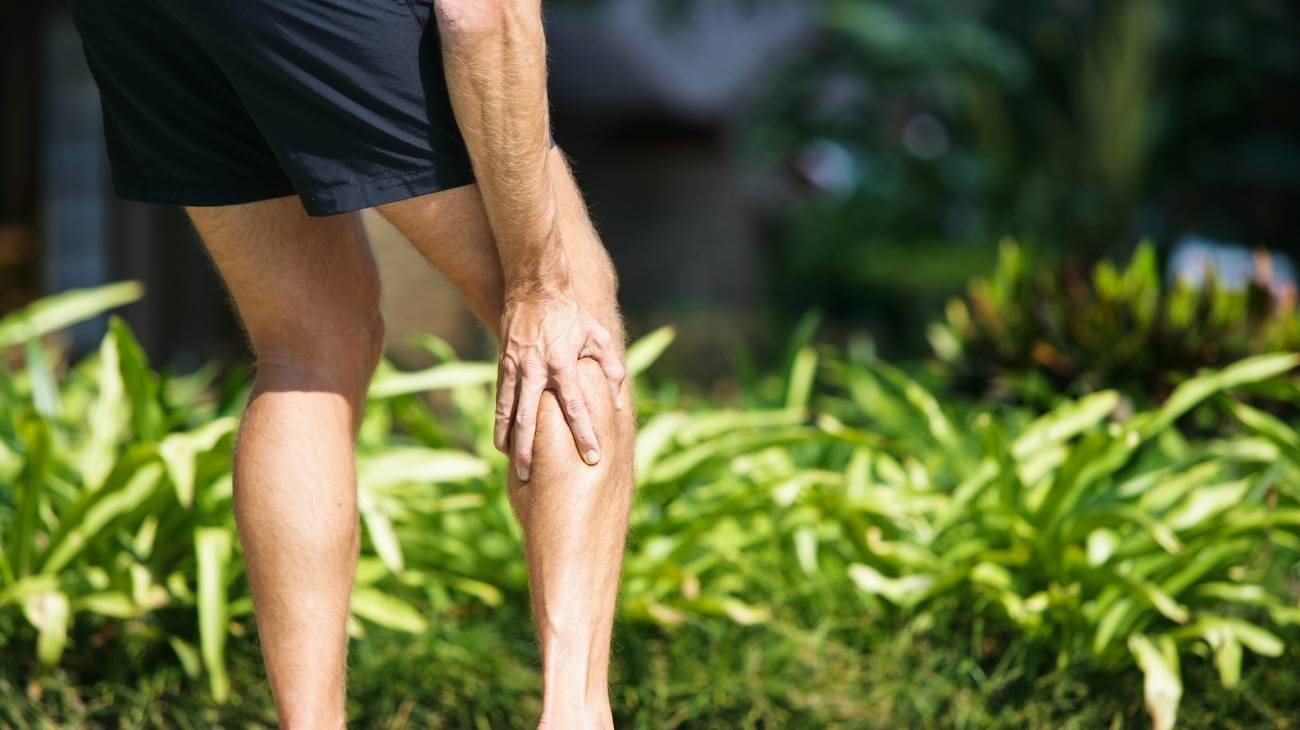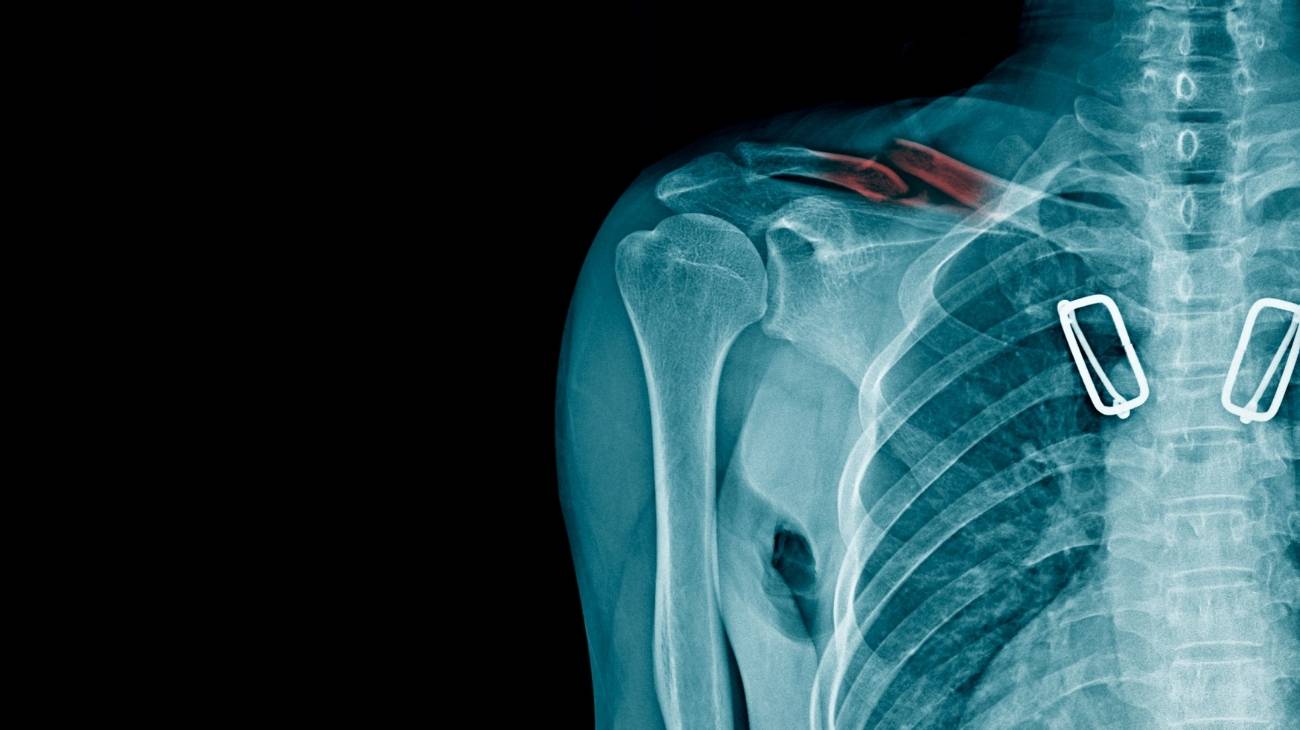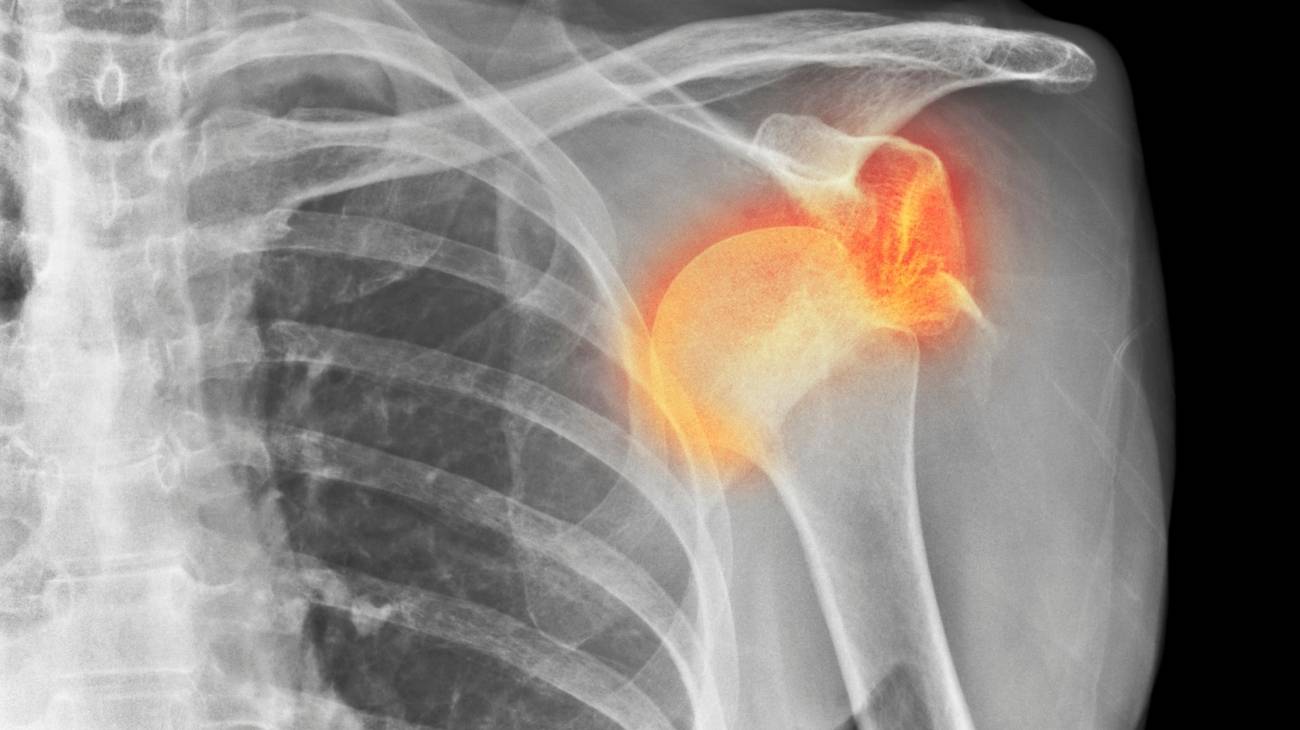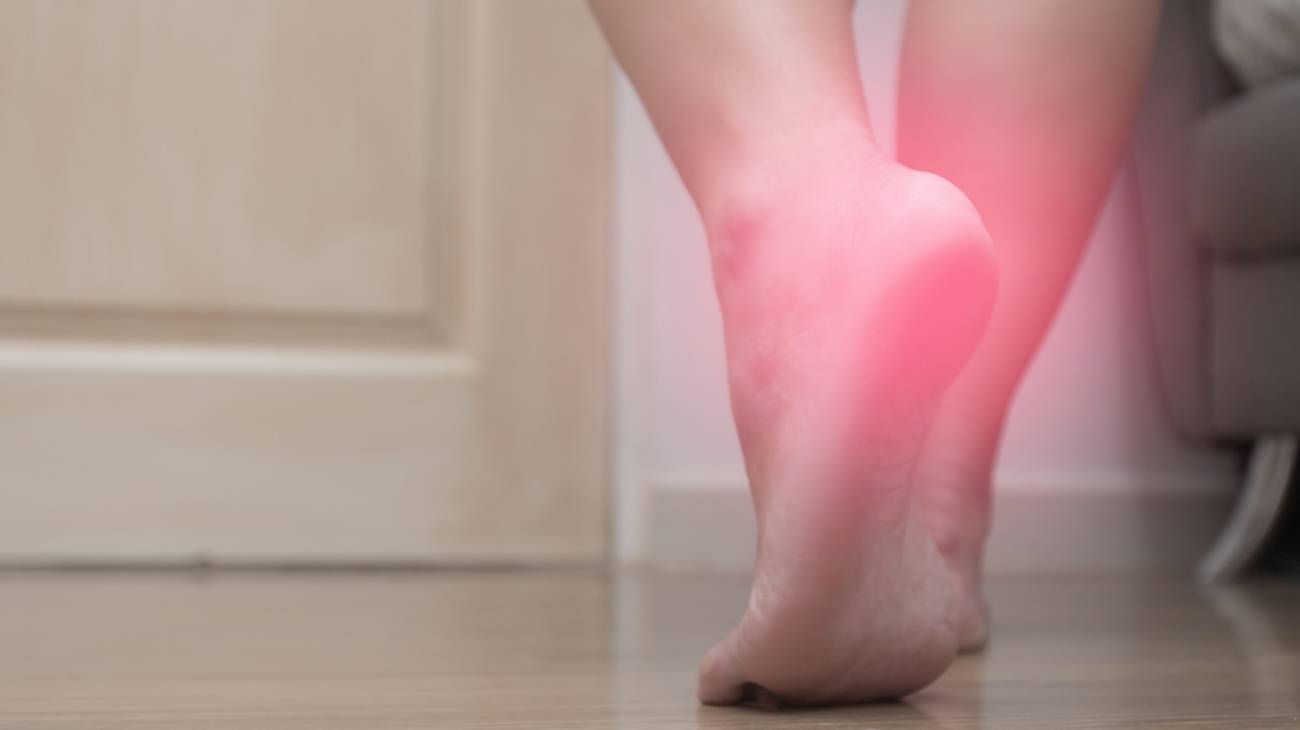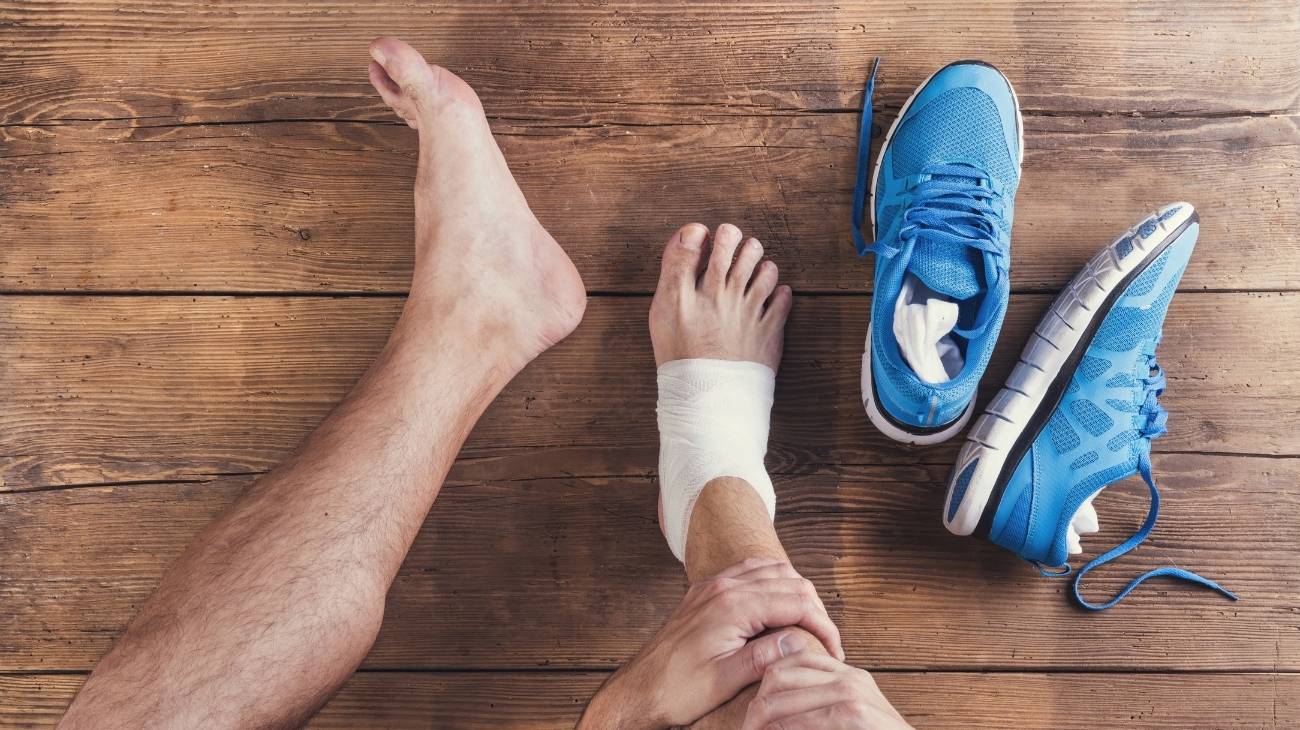Plantar fasciitis is a painful condition caused by inflammation of the plantar fascia, a thick band of tissue connecting the heel to the toes. This inflammation often results from overuse, poor footwear, or prolonged standing, leading to sharp pain in the heel and foot arch. Addressing this issue with the right therapeutic products can provide significant relief and speed up recovery.
Orthopedic insoles are an essential solution for managing plantar fasciitis pain. These insoles provide superior arch support, redistribute pressure evenly across the foot, and reduce strain on the plantar fascia. They are particularly effective for those who need extra cushioning during prolonged activities.
Compression sleeves are another key tool for relieving plantar fasciitis. Designed to improve circulation and reduce inflammation, these sleeves support the foot arch while easing tension in the plantar fascia. They are comfortable for all-day wear and can be used during physical activities or rest periods.
Hot and cold therapy packs are widely recommended for plantar fasciitis treatment. Cold packs help reduce inflammation and numb sharp pain, while heat therapy relaxes the foot muscles and improves blood flow. Alternating between these therapies can provide long-lasting relief and promote healing.
Massage balls and rollers are also effective for targeting specific areas of tension. By applying gentle pressure to the sole of the foot, these tools help to stretch the plantar fascia, reduce stiffness, and enhance flexibility. Regular use can improve foot mobility and decrease overall discomfort.
For chronic or severe cases, TENS (Transcutaneous Electrical Nerve Stimulation) devices can offer additional relief. These devices use electrical impulses to block pain signals and stimulate the natural healing process, making them an excellent option for managing long-term plantar fasciitis symptoms.
Stretching and strengthening exercises are critical for recovery and prevention. Activities like calf stretches, toe stretches, and towel scrunches can improve flexibility and strengthen the muscles supporting the foot arch. Combining these exercises with supportive products ensures faster recovery and reduces the likelihood of recurrence.
Adopting ergonomic practices, such as wearing supportive footwear and avoiding prolonged standing, also plays a vital role in managing plantar fasciitis pain. When paired with high-quality therapeutic products like insoles and compression sleeves, these practices create a comprehensive solution for recovery and prevention.
FAQ: Frequently Asked Questions
What are the best products for plantar fasciitis pain?
The best products include orthopedic insoles, compression sleeves, hot and cold therapy packs, and massage tools. These items help reduce inflammation, provide arch support, and promote healing.
How do compression sleeves help with plantar fasciitis?
Compression sleeves improve circulation, reduce inflammation, and support the foot arch, easing tension in the plantar fascia and providing all-day comfort.
Can hot and cold therapy relieve plantar fasciitis symptoms?
Yes, hot and cold therapy is highly effective. Cold therapy reduces inflammation and numbs pain, while heat therapy relaxes muscles and boosts blood flow, ensuring comprehensive relief.
What exercises can help with plantar fasciitis recovery?
Calf stretches, toe stretches, and towel scrunches are excellent exercises, improving flexibility and strengthening the foot muscles for faster recovery.
How can I prevent plantar fasciitis from recurring?
Wearing supportive footwear, using orthopedic insoles, and performing regular stretching exercises can prevent strain on the plantar fascia and reduce recurrence risk.




